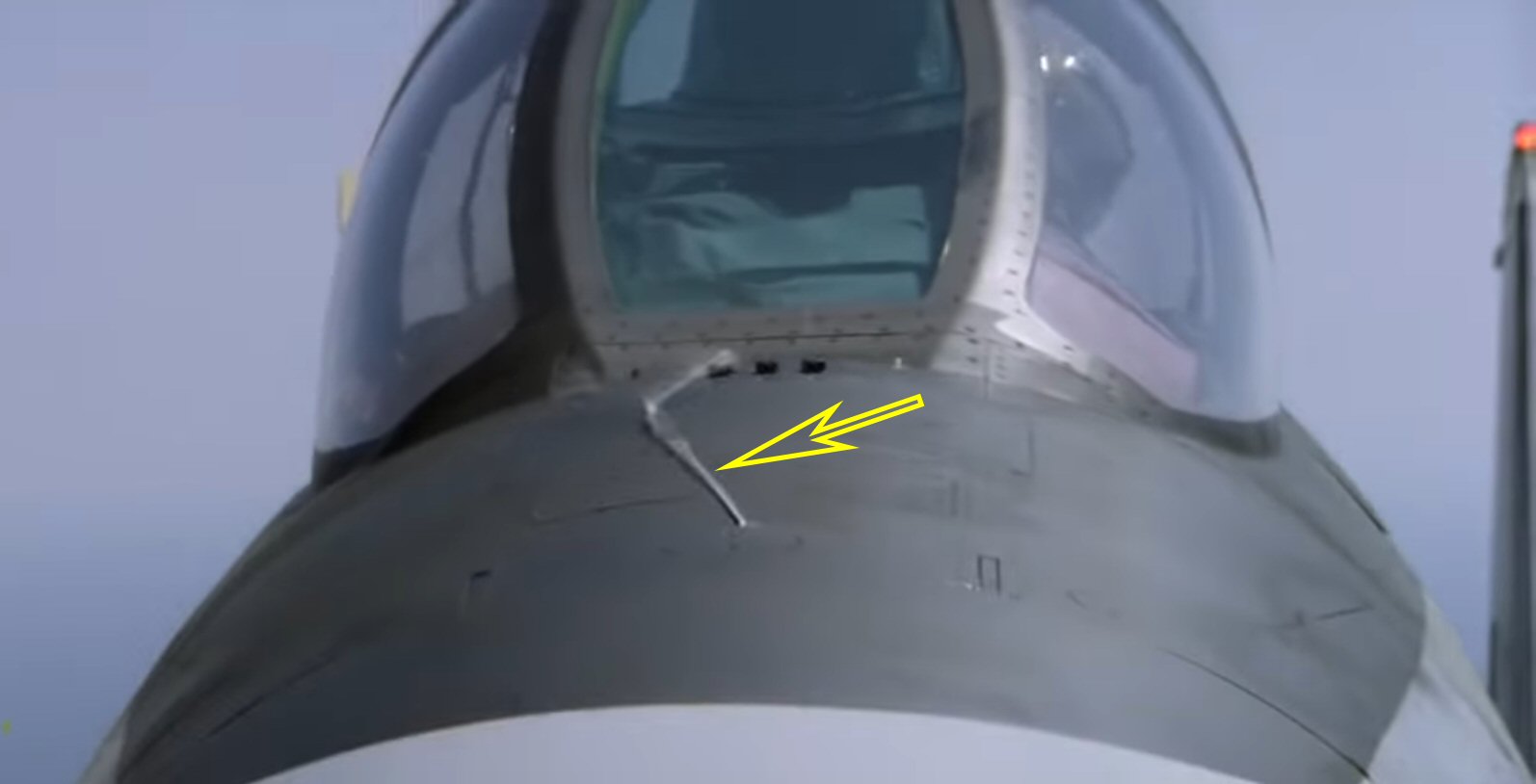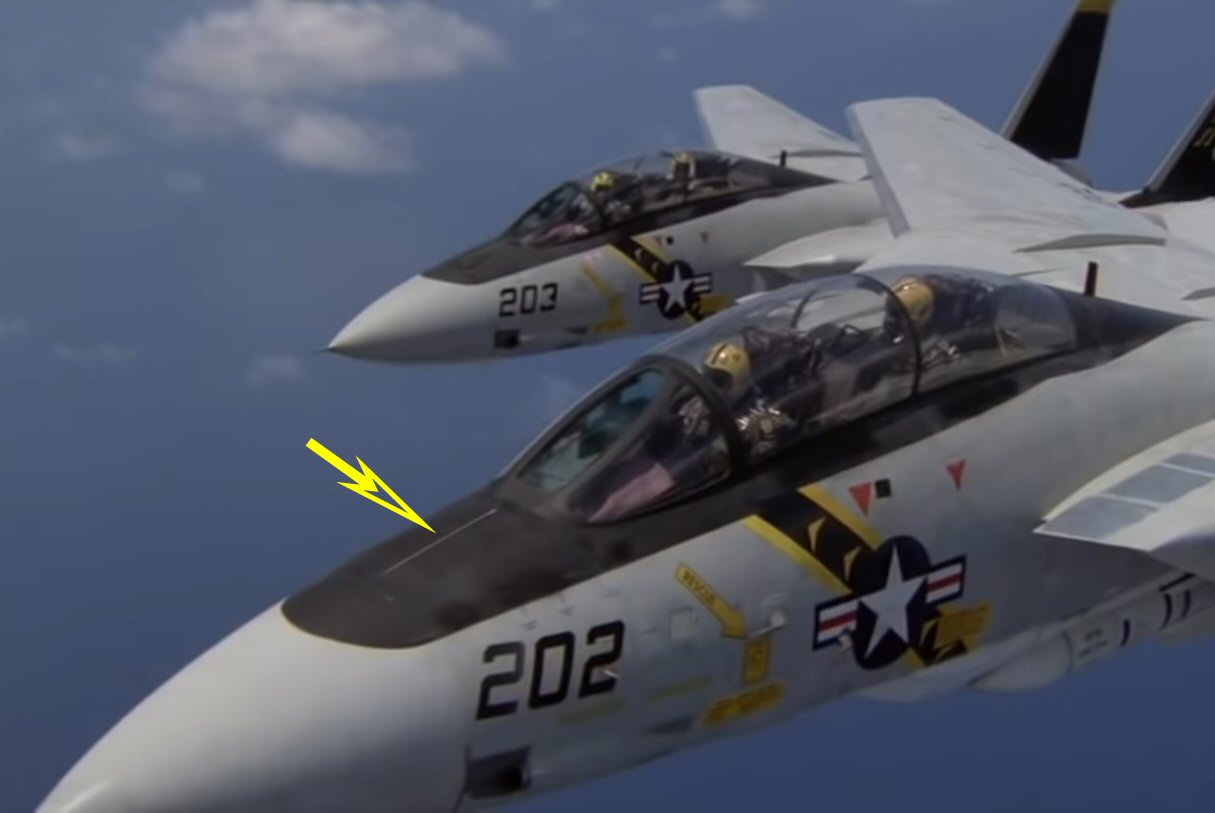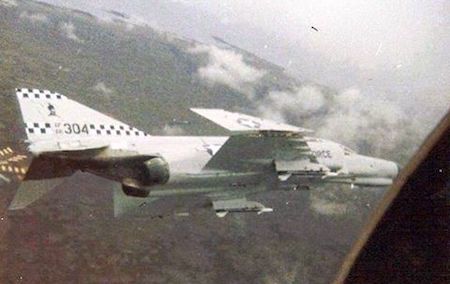Originally Posted by Fastzntn
Thank you for taking time out of your day to do some Q&A about such an iconic fighter! I'm just coming off of a trip to the National Museum of Naval Aviation- what a great place.
Two things I'm curious about-
1- are the cockpit controls configurable differently in any way for left handed pilots?
2- was there any specific watch or timepiece F-14 pilots were issued to wear when flying, and if so are you able to talk about it? I'm interested in watches, and seeing the last Omega "moon watch" worn on the moon at the museum was neat. Plus the Breitling Emergency line is an interesting concept, both the first gen in 121.5mhz and the newer gen with dual 121.5/406.040mhz.
1. Nope. You learn to fly the jet "as is". You needed both hands to operate the airplane anyway, and if you saw all the buttons on the throttle, you would know that both hands are quite busy when flying, so left hand or right hand isn't really an advantage...
2. Nope. Back in my time, few guys had the show piece watches. Rolex, Breitling, etc. were names that I'd never heard of until much later. A lot of us had the Casio G-Shock. It was tough, kept good time, and was easy to read. Anecdotally, we knew about an A-6 crash in West Virginia, at night, on a low level training route. The pilot's G-Shock was still intact though the rest of the airplane, and crew, was not.
I like watches, too. It was rumored that the 8-day clock, a mechanical timepiece with a stop watch function, in the airplane, just under 2" in diameter and above the pilot's right knee, was made by one of the Swiss makers.
But was never able to confirm that.
I used the clock all the time for timing instrument procedures and tactical execution... It was a good clock.
Thank you for taking time out of your day to do some Q&A about such an iconic fighter! I'm just coming off of a trip to the National Museum of Naval Aviation- what a great place.
Two things I'm curious about-
1- are the cockpit controls configurable differently in any way for left handed pilots?
2- was there any specific watch or timepiece F-14 pilots were issued to wear when flying, and if so are you able to talk about it? I'm interested in watches, and seeing the last Omega "moon watch" worn on the moon at the museum was neat. Plus the Breitling Emergency line is an interesting concept, both the first gen in 121.5mhz and the newer gen with dual 121.5/406.040mhz.
1. Nope. You learn to fly the jet "as is". You needed both hands to operate the airplane anyway, and if you saw all the buttons on the throttle, you would know that both hands are quite busy when flying, so left hand or right hand isn't really an advantage...
2. Nope. Back in my time, few guys had the show piece watches. Rolex, Breitling, etc. were names that I'd never heard of until much later. A lot of us had the Casio G-Shock. It was tough, kept good time, and was easy to read. Anecdotally, we knew about an A-6 crash in West Virginia, at night, on a low level training route. The pilot's G-Shock was still intact though the rest of the airplane, and crew, was not.
I like watches, too. It was rumored that the 8-day clock, a mechanical timepiece with a stop watch function, in the airplane, just under 2" in diameter and above the pilot's right knee, was made by one of the Swiss makers.
But was never able to confirm that.
I used the clock all the time for timing instrument procedures and tactical execution... It was a good clock.
Last edited by a moderator:




